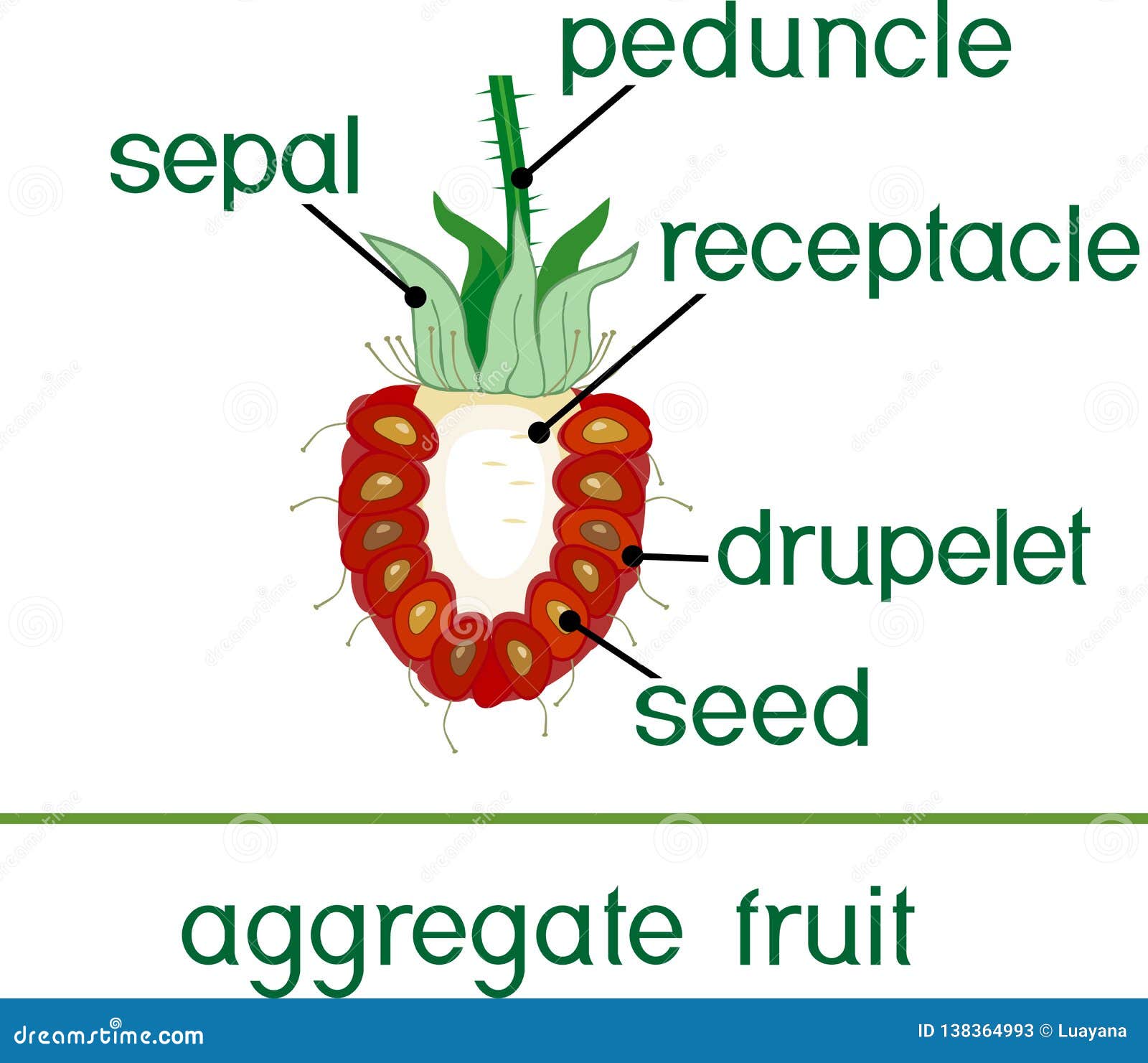


Irrigate in frequent small amounts to keep up with increased water demand in the peak evapotranspiration months of July and August. Increase the water rate for sandier soil, and decrease it for heavier soil. A mature planting in the same soil type requires 27 gallons per day per 100 feet of row. A more permanent line system is generally more favorable than disposable ones as they tend to be less susceptible to rodent and insect damage.Ī new planting in sandy loam soil requires 18 gallons per day per 100 feet of row. Evenly space the two tubes down the row width to ensure all roots and fruiting canes have access to moisture as they spread. Install two lines of drip tape per raspberry row. Soil type, soil water-holding capacity, and maturity of the raspberry crop determine what the irrigation schedule may look like in a given year. The slower release and the lack of unnecessary watering between rows reduces water lost via evapotranspiration. Installing drip irrigationĭrip, also called trickle, irrigation systems deliver water uniformly and only to the raspberry plants. Raspberry plants transpire up to a quarter of an inch of water each day from June through August. Be sure to keep the plants well-watered between the months of July and August, and during the fruiting period. Water needs also vary throughout the growing season. High tunnel raspberries have greater water needs than open field raspberries because they grow larger and produce more fruit, and because of the elevated temperature in high tunnels. Test the irrigation water regularly and keep the soil pH between 6.0 and 6.5 to minimize nutrient management challenges.

Water that is high in certain macronutrients can alter the soil pH and limit the availability of other micronutrients. Overhead systems are less water efficient and increase foliar diseases because much of the water hits the plant canopy before reaching the soil.Įstablish a water source and test the water quality prior to selecting a site for your raspberry planting, to determine whether the water source is suitable for raspberries. Overhead irrigation is strongly discouraged for raspberries.It is required for high tunnel raspberries. Drip irrigation is preferable for raspberries because it does not promote leaf disease and can also be used for fertigation.Water stress causes unmarketable, crumbly berries, and reduces plant growth and yield.Ĭhoose between drip irrigation and overhead sprinkler systems. Growers must use irrigation on raspberries, especially during the fruiting period, to get high-quality fruit. Irrigation and nutrient management for raspberries


 0 kommentar(er)
0 kommentar(er)
